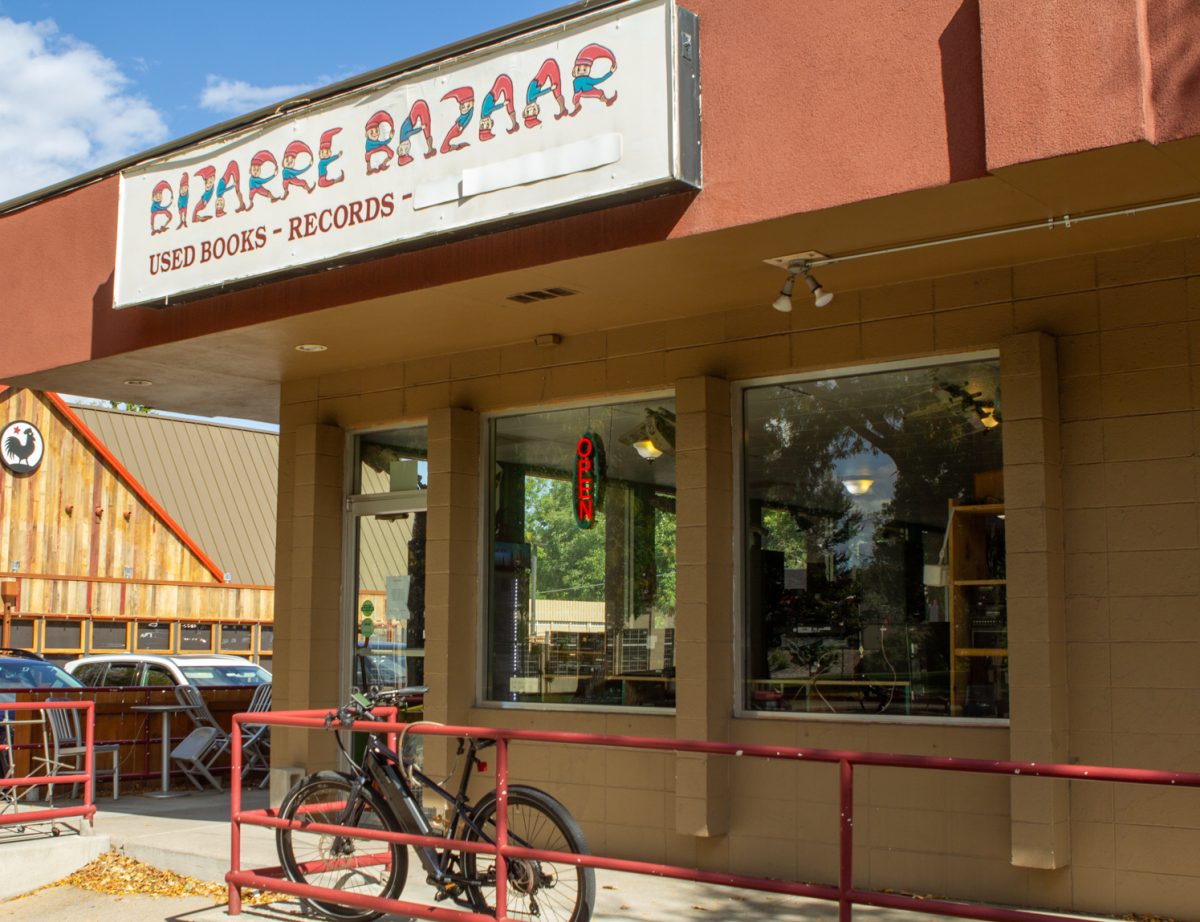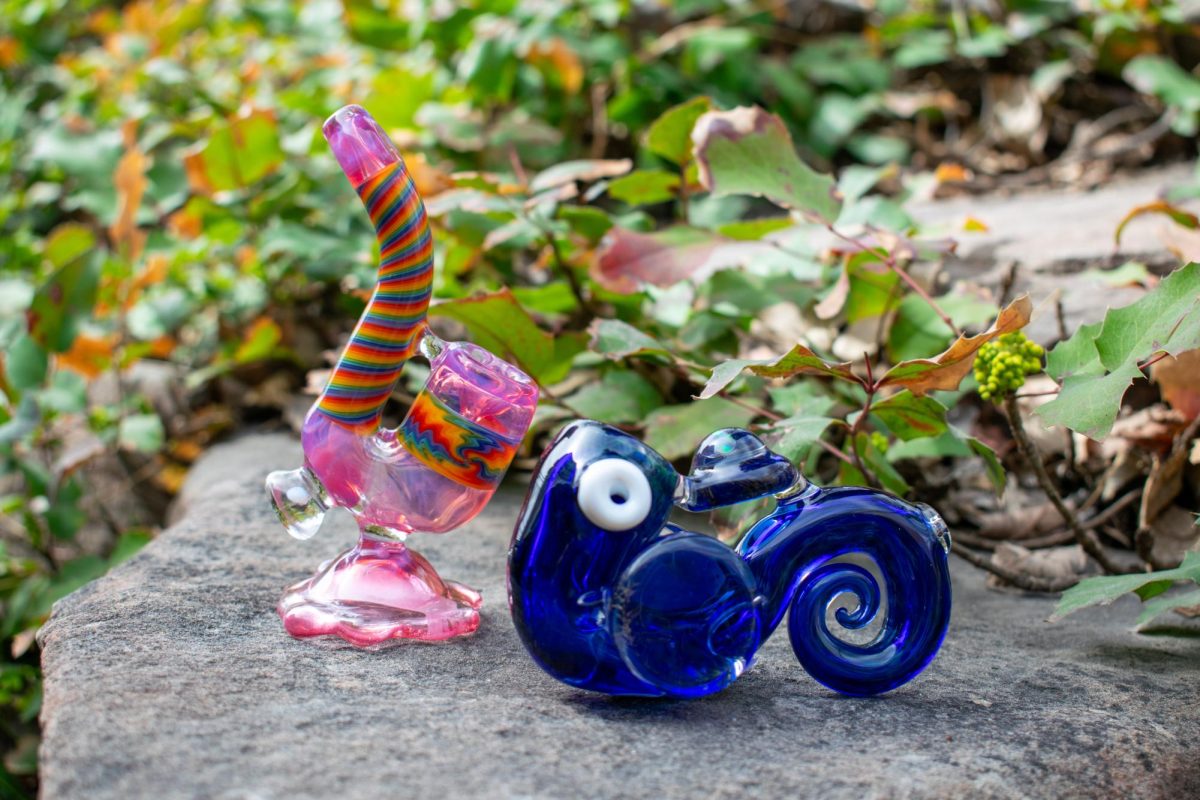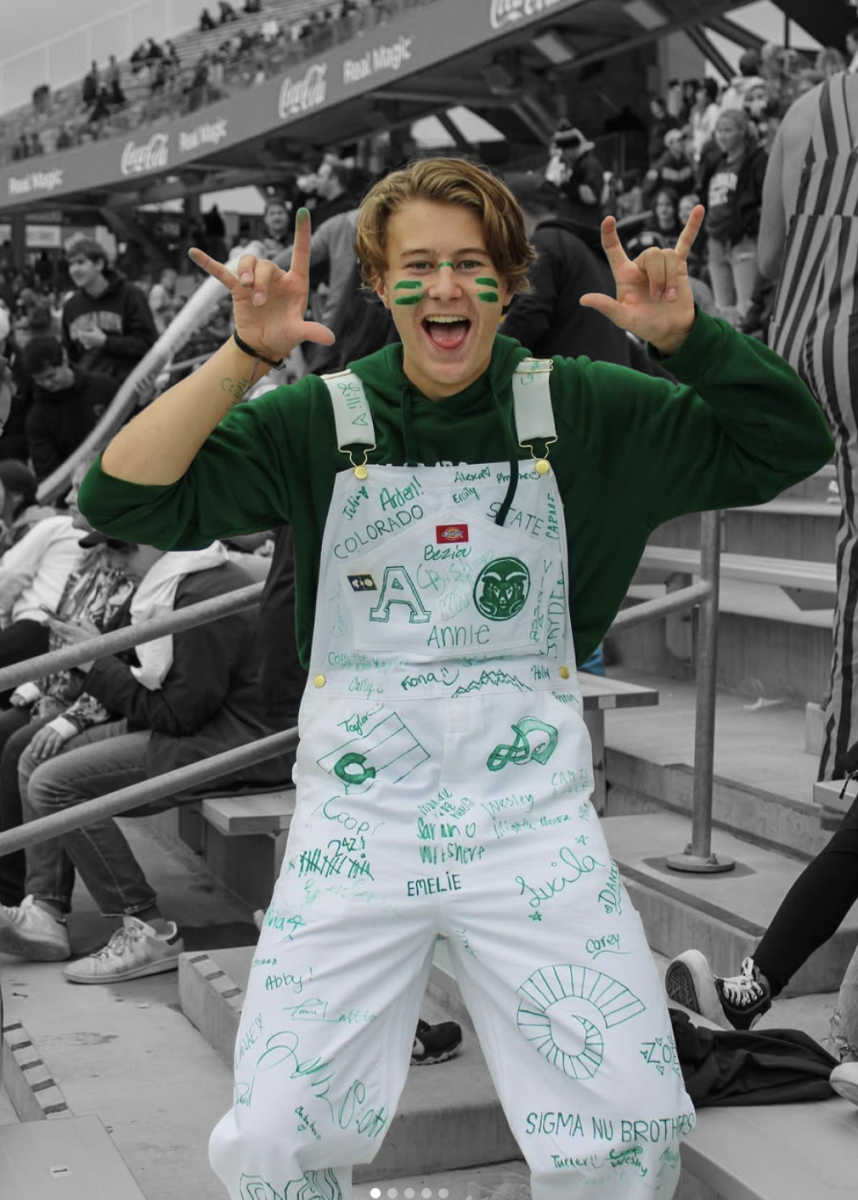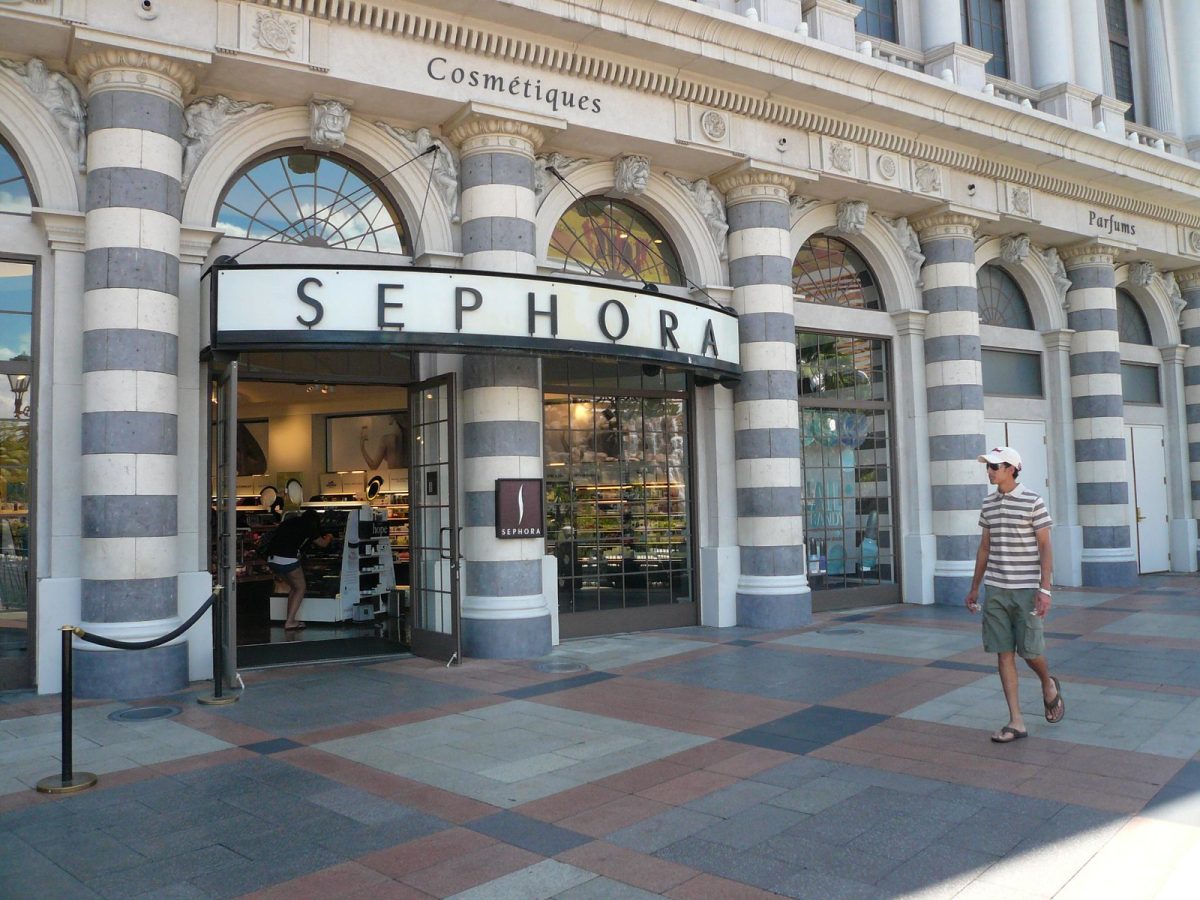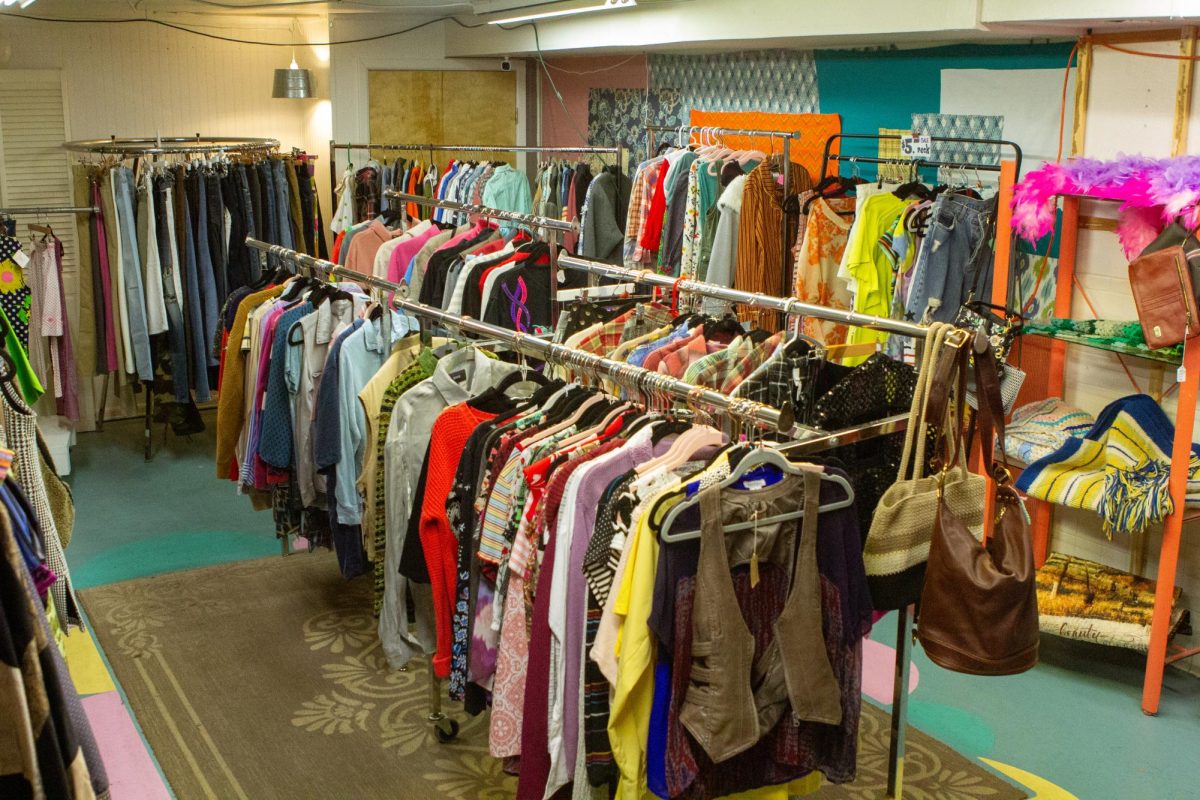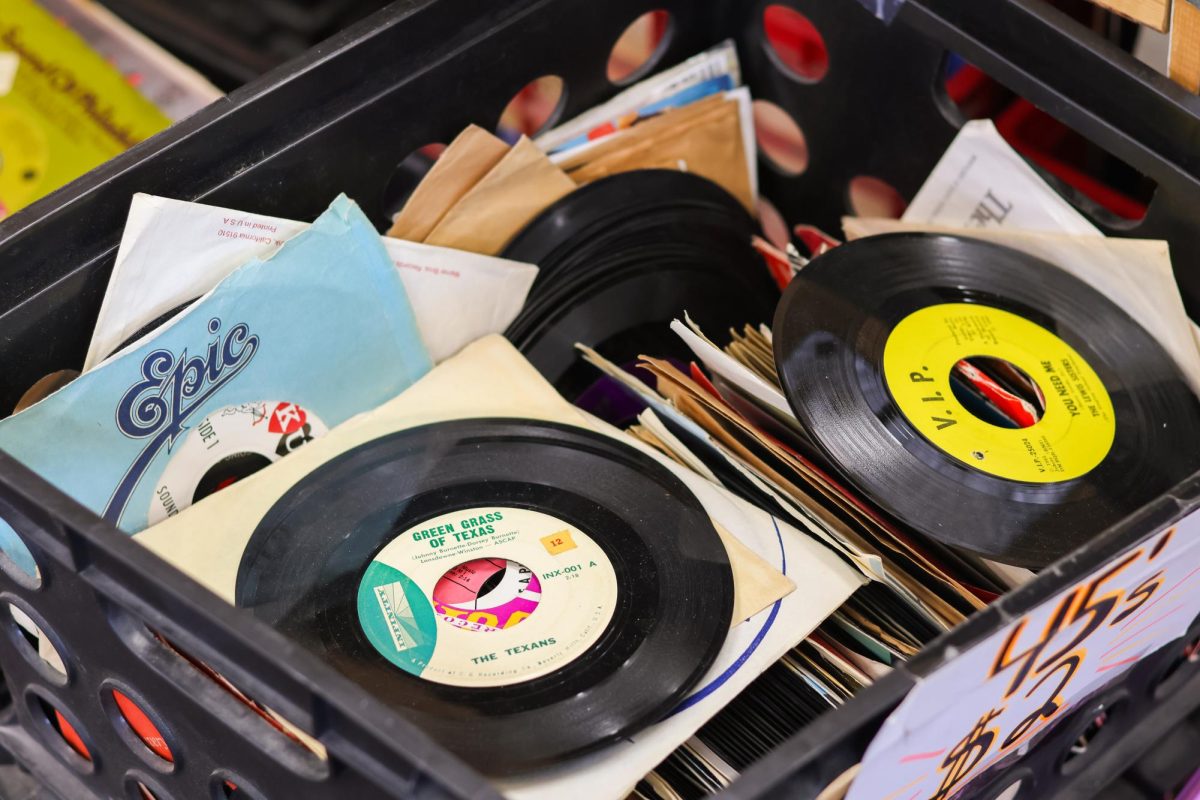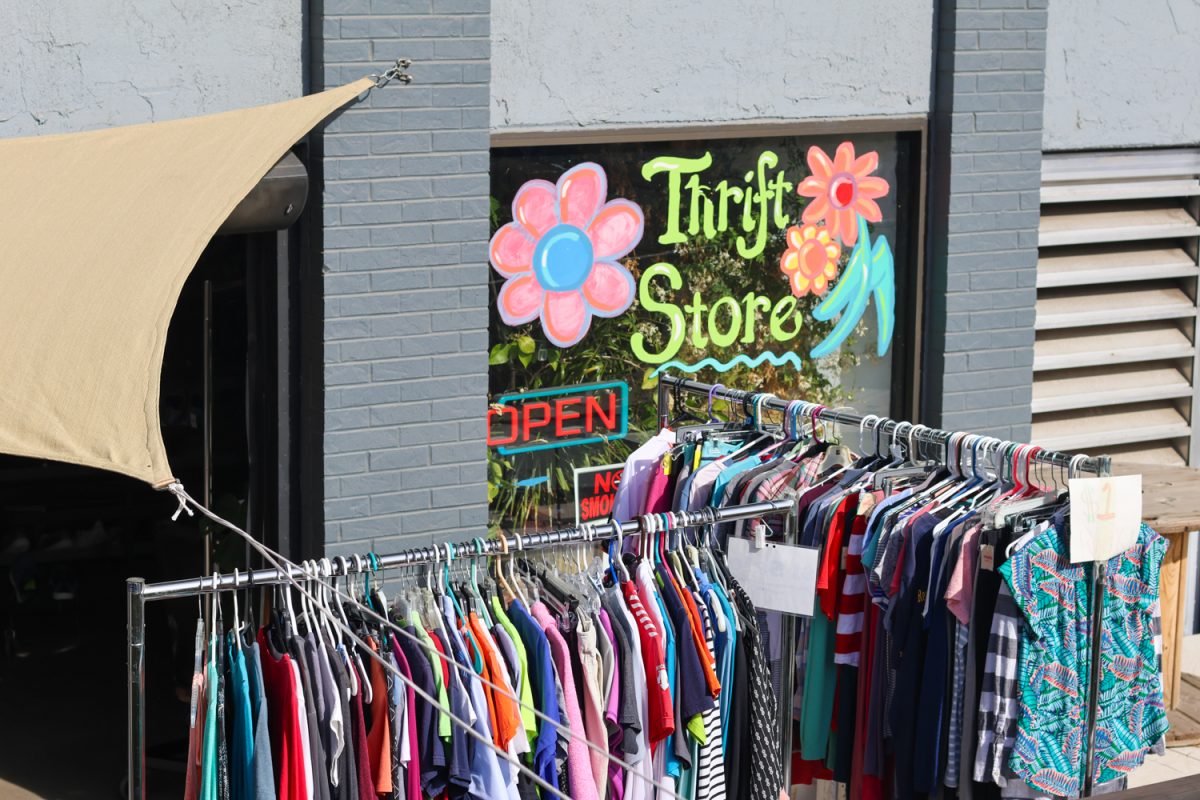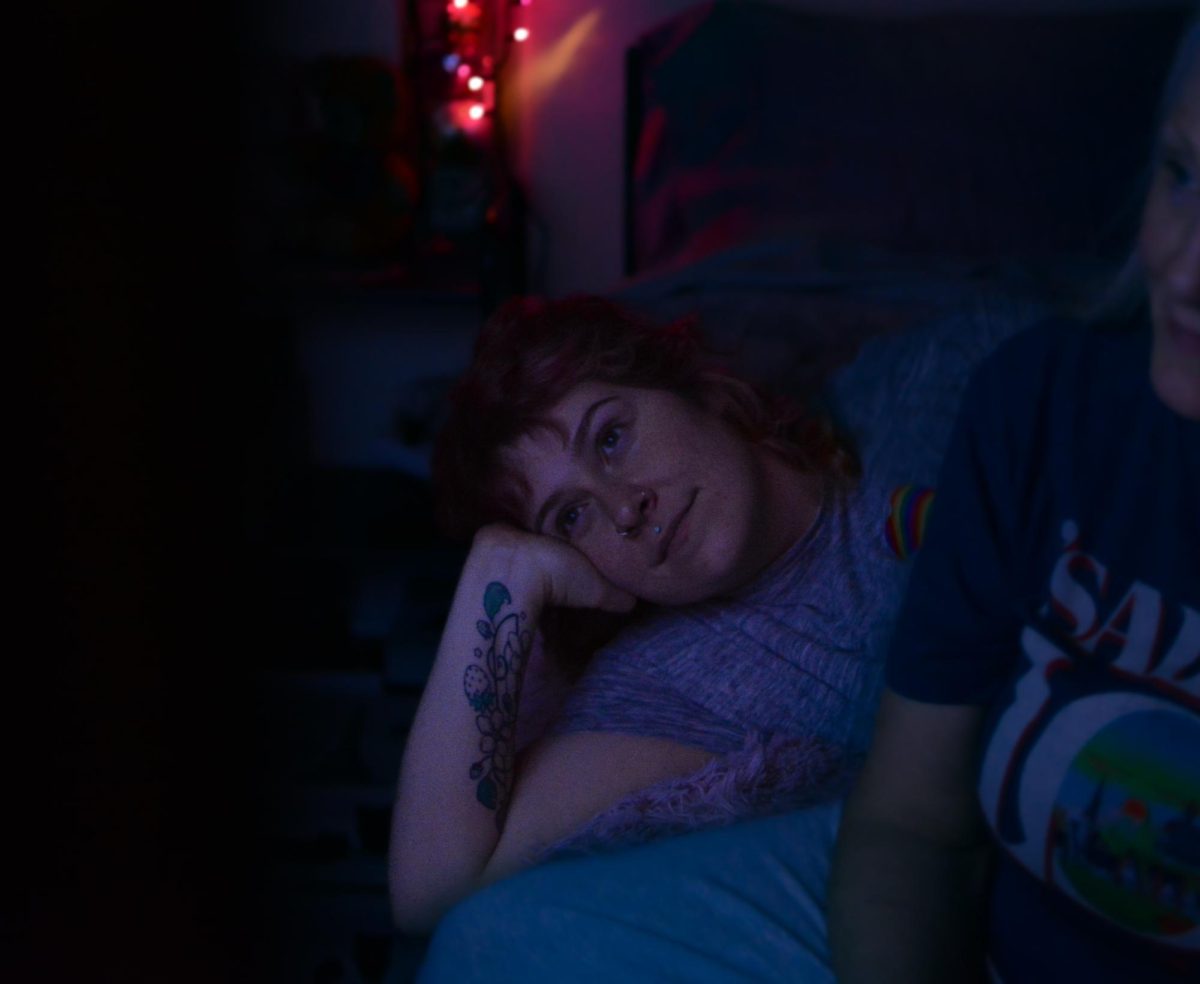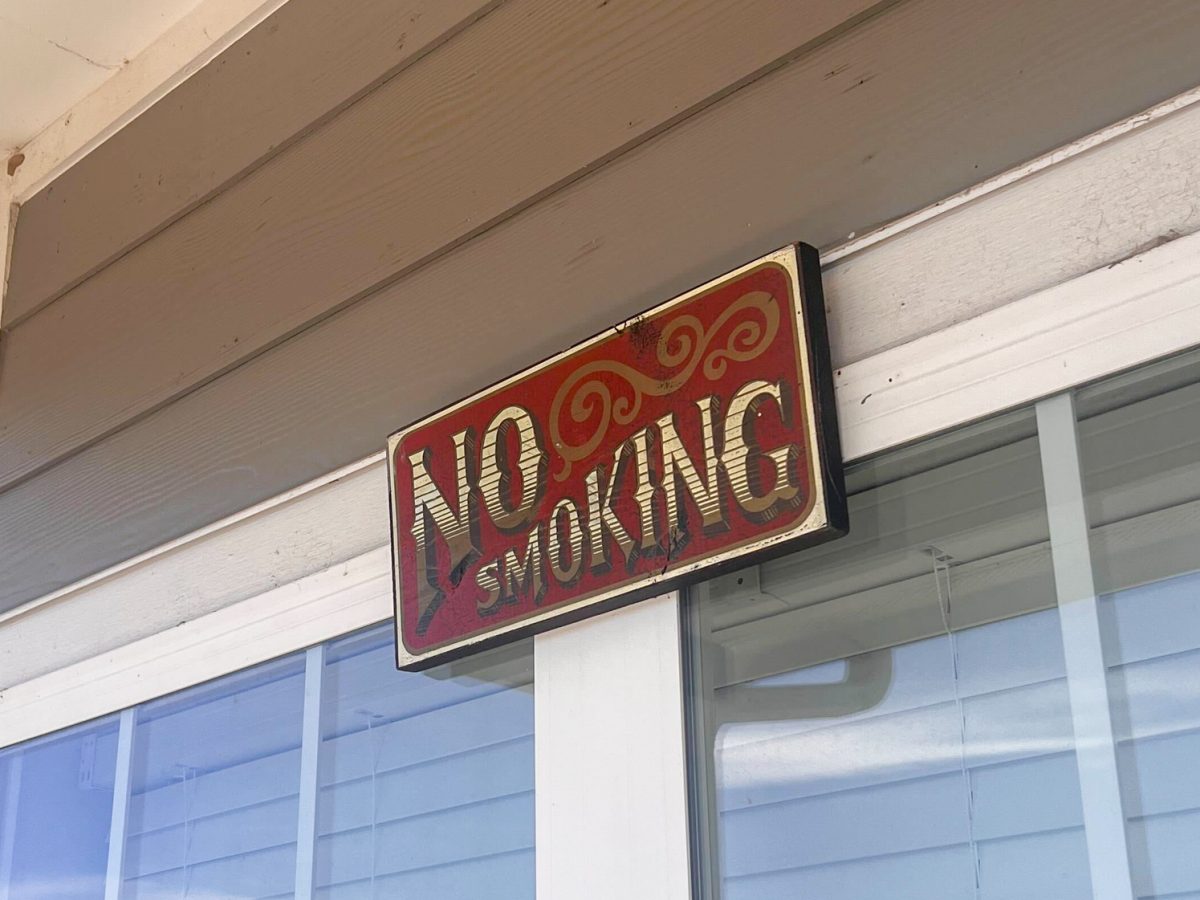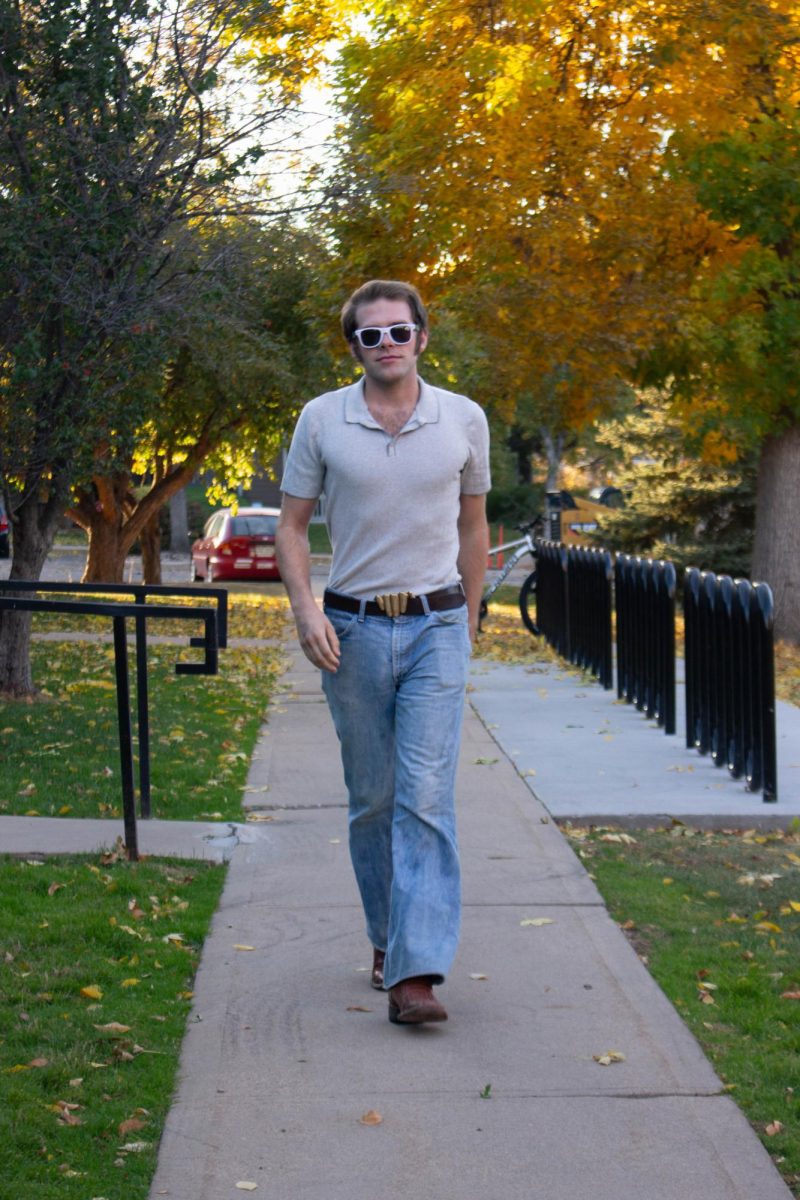Throughout history, politics and fashion have been closely related. Individuals are able to showcase their beliefs, break the status quo, and push for social change all within their own wardrobes. However, clothing can also be used as a form of differentiating power and social classes. This idea that fashion and politics are one and the same is not revolutionary, and in fact, its birth can be traced back to ancient civilizations.
“I think fashion and activism are inherently intertwined. We use fashion to communicate messages about ourselves, the world we live in, and the world we would like to see,” said Dr. Kayna Hobbs-Murphy, an assistant professor in the Department of Design and Merchandising at Colorado State University.
In Ancient Egypt, clothing was used as a way to separate the social classes from one another. Each additional jewel separated those in power from the commoners in the social hierarchy. Since the very beginning, clothing has been a representation of prestige and power.
“Fashion on an individual scale can say, ‘Look at me and what I stand for.’ In community settings, fashion can have the power to bring people together and communicate larger messages.” Hobbs-Murphy said.
In modern years, fashion has proved to be a powerful tool in making bold statements and pushing for social reforms. Whether through uniform dress or bold personal expression. For instance, one of the most notable ‘uniforms’ of any social group belonged to the Black Panthers in the 1960s. During the Civil Rights Movement, they adopted their iconic dress code, which included a black leather jacket, blue shirt, black pants, and black beret. The group’s uniform was symbolic of their mission to put an end to police brutality.
“They took it to another level of very military-oriented: black power, black clothing, black leather… It was a direct way of pushing back against the cultural norms visually, through body, dress, and appearance,” said Eulanda Sanders, a professor of textiles and clothing at Iowa State University, in an interview with Women’s Wear Daily.
Even designers are sewing politics into their garments. Whether that be from an economic, social, or environmental standpoint, every piece of clothing produced and manufactured has some sort of political entity beneath its fabric.
“These designers aren’t just making clothes—alongside activists and organizers, they’re making change. And that’s a selling point,” said Andrew Bolton, Wendy Yu Curator in Charge of The Costume Institute at the Metropolitan Museum of Art, in an interview with Vogue.
At Colorado State University, the Department of Design and Merchandising focuses on educating its students on what messages fashion makes and how to create meaning from their own designs.
“Our students in the program learn about the wide range of issues that clothing and fashion are part of. Our students use clothing to communicate messages about humanity while using sustainable production techniques that aim to lessen the damage of the apparel and fashion industry.” Hobbs-Murphy said.
Furthermore, Hobbs-Murphy insists that the ever-persistent rise of sustainable shopping and thrift shopping should prevail through the next couple of years.
“I love that shopping at thrift stores has become more socially encouraged, so I believe the future of fashion activism is (and needs to be) based in the rejection of fast fashion,” Hobbs-Murphy said.
A research program at Yale found that climate change is a recognized problem in the U.S. by 72% of Americans. With consumers and producers focusing on the ever-changing climate, it has allowed sustainable trends and patterns to take rise.
In recent years, more and more people have been flocking to secondhand stores to get their hands on unique and sustainable fashion. As social demands fluctuate through time, fashion activism advocates for the public’s concerns through bold or discrete statements within the clothing.
Additionally, a PV case study found that 66% of U.S. shoppers say that sustainability is a priority when making purchasing decisions. With sustainability on people’s minds, it makes sense why there has been a dramatic shift in the popularity of thrift shopping.
Additionally, shopping second-hand allows the consumer to buy unique pieces and experiment with various styles. Shopping sustainably has allowed a renaissance of style to infiltrate the younger generations. Rejecting fast fashion and embracing the story and life of clothing has become modern-day fashion activism.
The direction of the next fashion activism movement remains unclear, but, “for those who are willing to experiment with fashion, every day is a new opportunity to be an activist through your clothing,” Hobbs-Murphy said.












